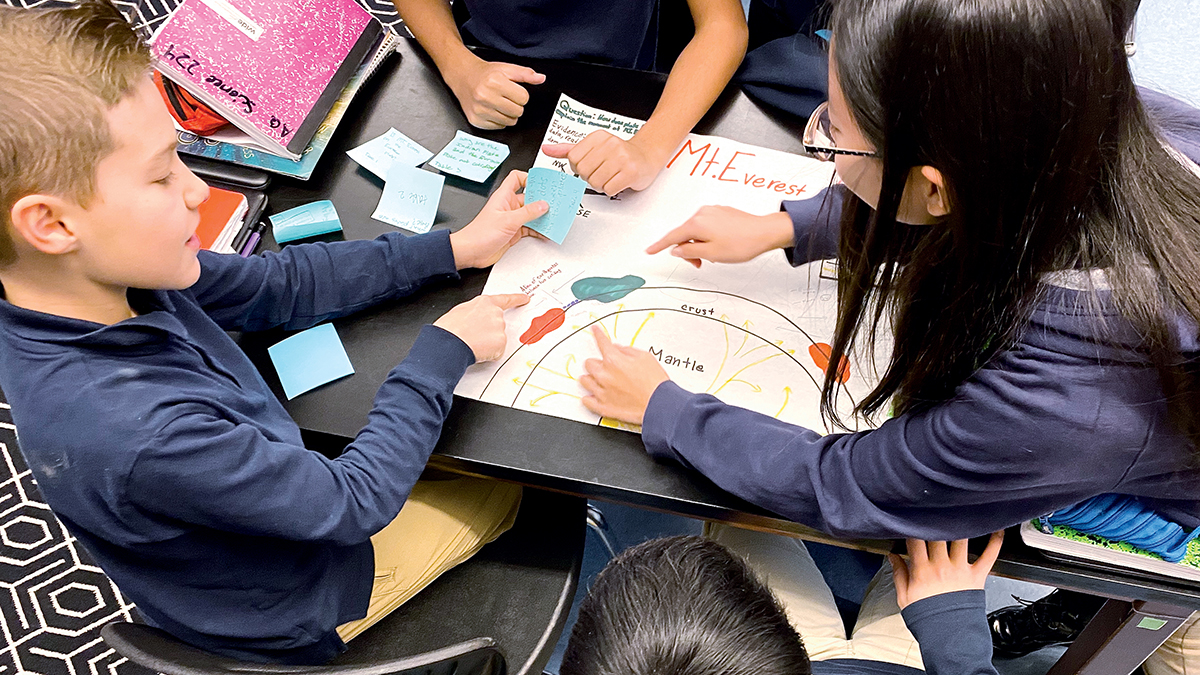
May/June 2022
Volume 45, Number 5
Consciously implementing practices that foster an equitable classroom takes time and energy, but the payoff is great. To learn more about equitable practices, pursue the articles cited in this editorial and be sure to read this issue of Science Scope!

May/June 2022
Volume 45, Number 5
Consciously implementing practices that foster an equitable classroom takes time and energy, but the payoff is great. To learn more about equitable practices, pursue the articles cited in this editorial and be sure to read this issue of Science Scope!

May/June 2022
Volume 45, Number 5
Consciously implementing practices that foster an equitable classroom takes time and energy, but the payoff is great. To learn more about equitable practices, pursue the articles cited in this editorial and be sure to read this issue of Science Scope!
Freebies for Science and STEM Teachers/From the Field, May 3, 2022
By Debra Shapiro

feature
Adapting Existing Curriculum for Equitable Learning Experiences
Science Scope—May/June 2022 (Volume 45, Issue 5)
By Nelly Tsai, Hosun Kang, Jasmine Chang, and Karly Cassese

feature
Cultivating Teacher Efficacy for Social Justice in Science
Science Scope—May/June 2022 (Volume 45, Issue 5)
By Libby Gerard, Allison Bradford, Angela DeBarger, Korah Wiley, and Marcia C. Linn

feature
Some of You Are Smiling Now
Supporting Trust, Risk Taking, and Equity in Your Classroom
Science Scope—May/June 2022 (Volume 45, Issue 5)
By Renee Affolter, Katherine L. McNeill, and Gretchen Brinza

Teacher’s Toolkit
Leverage the Data You Have
Increase Creativity and Confidence in Science
Science Scope—May/June 2022 (Volume 45, Issue 5)
By Naomi Weintraub and Kristin Hunter-Thomson
Science For All
Supporting Success in Science
Science Scope—May/June 2022 (Volume 45, Issue 5)
By Becky McDowell
From the Editor's Desk
Equity in the Science Classroom
Science Scope—May/June 2022 (Volume 45, Issue 5)
By Patty McGinnis
Freebies for Science and STEM Teachers/From the Field, April 26, 2022
By Debra Shapiro

Moons or Rings?
Stellar Occultation and Chariklo the Centaur
By Bruce C. Palmquist, Megan L. Rivard



